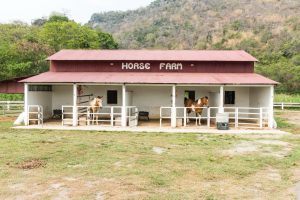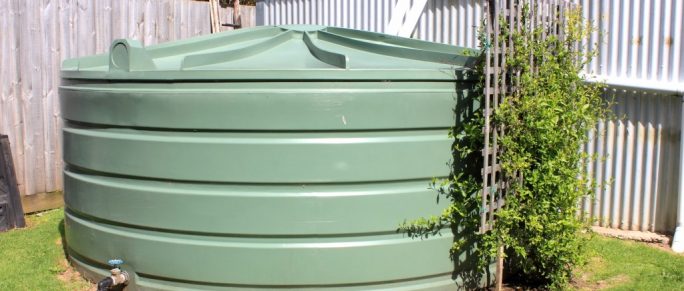Traditionally, farms have been using wooden pallet bins for harvesting, storing and transporting produce. Plastic pallet bins are relatively new, but some farms—and even whole regions in Italy—are switching their wooden pallets for these modern ones.
Cost
Wooden pallet bins from companies such as A.I.M. Sales are inexpensive and can easily be made with just basic carpentry skills. Repairing damaged sections can require a bit of work, but repair is possible. Repairing damage to a wooden pallet requires little time and can be done on site. Plastic pallet bins cost more and restoration is almost impossible. Replacement parts are available, but shipment costs and delays will require a bit of money and render a plastic pallet bin unusable for weeks at a time. A plastic bin’s durability offsets much of its disadvantages in cost. Plastic pallet bins are less affected by weathering compared to wooden containers and can last up to 30 years when properly used. Wooden pallet bins typically last for ten years. Another factor that to consider is the transport cost. Wooden pallet bins are significantly heavier and are more expensive to transport.
Efficiency
Wooden pallet bins can easily be made to any specification required by certain machinery. Plastic pallet bins have a standard build, but this usually complies with common equipment standards. The conventional design of plastic pallet bins also allows for better storage options, easier weighing, and better machine compatibility. Plastic pallet bins do require more care when being transported using forklifts as they tend to slide.

Hygiene
When it comes to hygiene, plastic pallet bins are vastly superior to their wooden counterparts. Wooden containers retain water, and this water can breed organisms that can harm the products stored within. Wood is porous; it can absorb chemicals in the air and transfer it. Plastic pallet bins are non-porous and do not retain water. Plastic containers are also easier to clean, and unlike wooden vessels, soap will not be seeping into the wood.
Bruising and Produce Damage
Damage is almost unavoidable when stacking fruits and other produce on top of each other in a storage bin. However, the smooth design of plastic pallet bins serves to minimise bruising and damage. Wooden pallet bins have sharp edges and corners not found in their plastic counterparts. These edges and corners damage produce as they are continuously pressed in storage and transport. Plastic storage bins are also designed to increase airflow and regulate the temperature of produce stored within.
Aesthetics
Wooden pallet bins create a more rustic and traditional atmosphere in farms. Visitors will find wooden pallet bins more appealing and genuine. If you open your farms to visitors as an attraction, using wooden pallet bins can make their experience feel more authentic and traditional.
In the end, the traditional wooden pallet bin still has its charm and uses. However, plastic pallet bins are superior in almost every vital aspect of production. They are excellent for harvesting, storing and transporting various products. It’s time for the traditional to give way to the modern.


